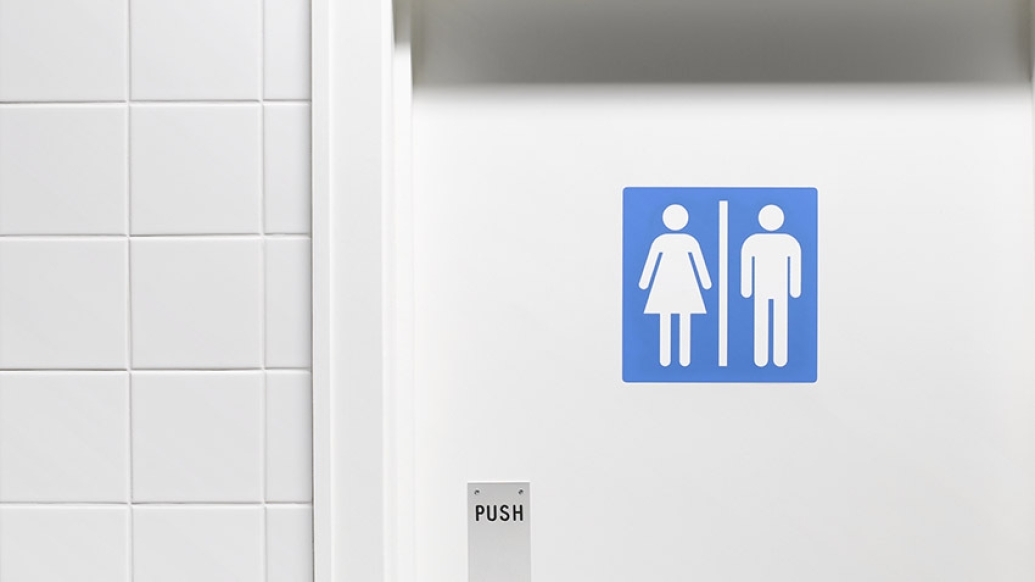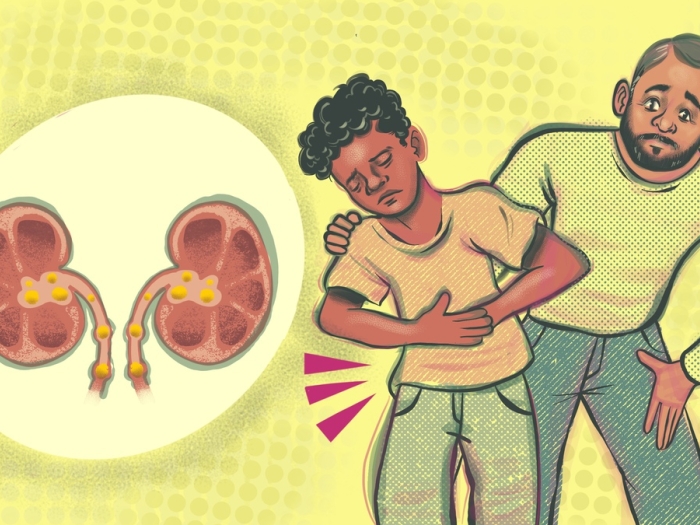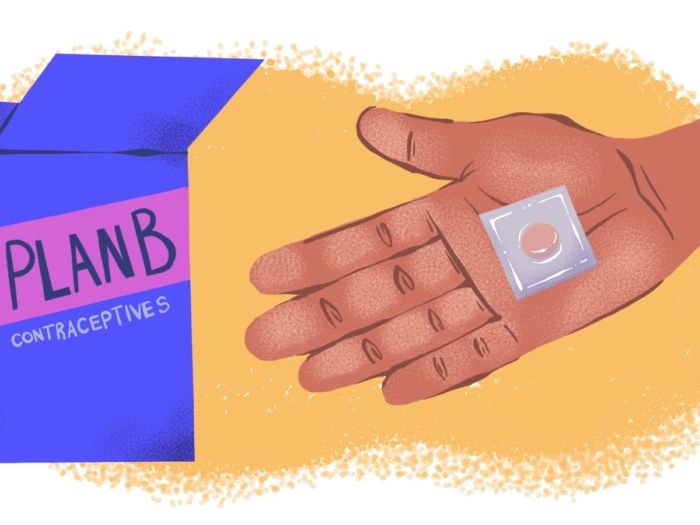Treatments for female urinary stricture have varying recurrence rates.
2:25 PM
Author |

For many women, having difficulty with urination is usually explained away by a urinary tract infection or other common pelvic condition. A very small subset of women who see their problems persist are ultimately diagnosed with a disease known as urinary stricture, or narrowing of the urethra. A new paper led by Michigan Medicine makes a much-needed comparison of available surgical treatments for urinary stricture in women.
"There really isn't a lot of guidance. A lot of the way we've evolved to treat women with urinary stricture has evolved from how we treat men," says Giulia Lane, M.D., a fellow in the Department of Urology. Reasons for this, she explains, are as simple as it being harder to see scarring on an X-ray within women's shorter urethras. Injury to the urethra is also less common in women than in men and difficult urination is less likely to be attributed to scarring of the urethra and more likely ascribed to other causes.
For the study, the research team looked at 210 women surgically treated for urethral stricture over a period of 10 years at 23 major medical centers worldwide. They then compared the results of three surgical approaches: endoscopic dilation or incision, which opens the narrowed urethra, and two open surgical approaches, called urethroplasty, that repairs the urethra with tissue from either the vagina or mouth.
They found that outcomes of the much less invasive endoscopic approaches nevertheless were less effective over the long term, mirroring outcomes of the procedure in men. "Despite the fact that we know that stretching the stricture open does not have good long term outcomes in men, it is routinely offered to women," says Lane.
A lot of the way we've evolved to treat women with urinary stricture has evolved from how we treat men.Giulia Lane, M.D.
Women who underwent urethroplasty had a lower rate of recurrence after one year. However, the rate of recurrence of urethral stricture overall in women was higher than expected, notes Lane. The study found that 36% of women had their stricture return after treatment, with the rate of recurrence higher for endoscopic than open surgery.
"One of the points we've tried to make is that clinicians should inform women that urethral stricture is more of a chronic condition and that one surgery may not be enough," says Lane. Patients should be empowered to inform their clinicians that they've had a stricture treated in the past and that if symptoms resurface, they should be evaluated again.
Lane notes that such high recurrence rates indicate that more research is needed into the uro-anatomy of women to determine if there are better approaches to be taken for improved outcomes. In the meantime, women should know there are options for treatment plans.
Says Lane, "Women should be informed of the benefits and harms of each approach and should seek second opinions if they are feeling like they are only getting one option."
Paper Cited: "Treatment of urethral stricture disease in women: A multi‐institutional collaborative project from the SUFU research network," Neurourology Urodynamics. DOI: 10.1002/nau.24507

Explore a variety of healthcare news & stories by visiting the Health Lab home page for more articles.

Department of Communication at Michigan Medicine
Want top health & research news weekly? Sign up for Health Lab’s newsletters today!





